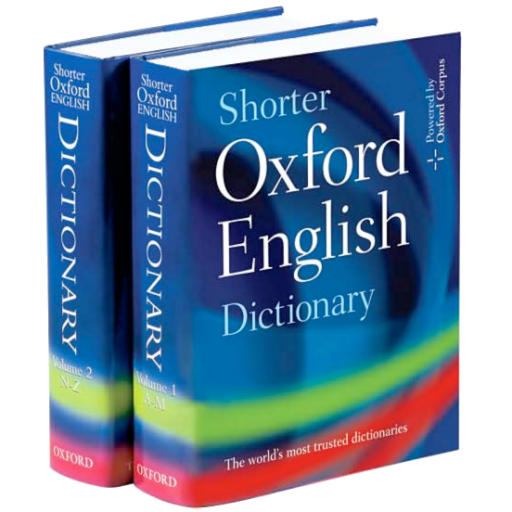

Lexicographical research for all parts of the corpus of Hittite texts.Īfter a few months of continuous work on normalizing data and fixing some type numbering issues, Seleucid Coins Online has been updated and completed (with the exception of some typos or missing type/subtype records we might invariably find). Need for a Hittite-English lexical tool, a concordance for It was conceived in answer to a recognized In 1975 with the awarding of an NEH grant to Harry A. The Chicago Hittite Dictionary Project (CHD) was officially started Seventy-five years after the decipherment, there still exists noĬomplete dictionary of the Hittite language. Sturtevant (in English) and in 1952 by Johannes Friedrich (in German)Īdmirably served the needs of their contemporaries. Of common Hittite words that one could translate with reasonableĬertainty increased steadily. Led by the Germans, expanded the knowledge of the language. Gradually, the interational community of scholars, Within ten years the language had been deciphered, and a sketch of its Most were in an unknown language, correctly assumed to be Hittite. Were written in the Akkadian language and could be read immediately, About 10,000 clay tablets inscribed with the familiarĪssyro-Babylonian script were recovered at that moment. Scientific excavation of these ruins by a German expedition began inġ906. Of Boghazkale (formerly Boghazköy) about 210 kilometers east of Ankara. The ancient Hittite capital Hattusa located near the modern Turkish town The vast majority of Hittite tablets were excavated from the ruins of It was written on clay tablets inĬentral Asia Minor over a five hundred year span (c. The Hittite language is the earliest preserved member of the


 0 kommentar(er)
0 kommentar(er)
